

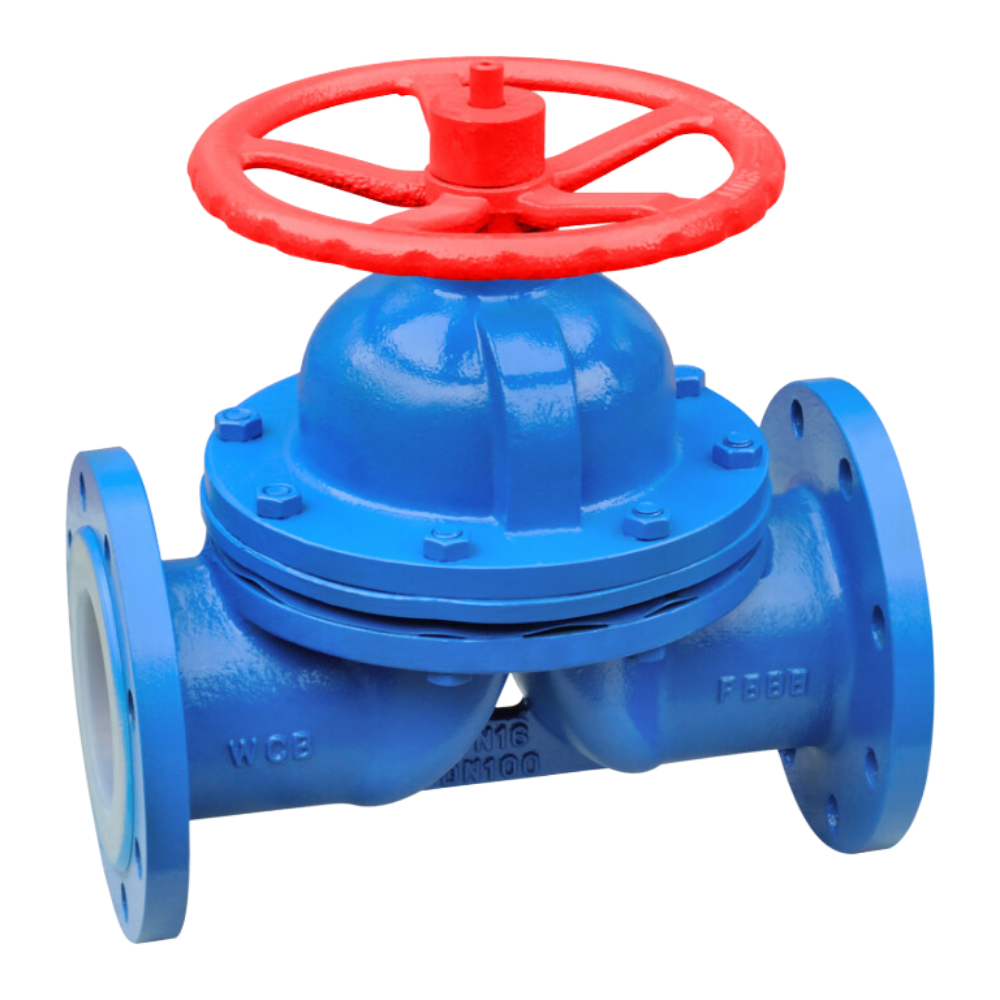


A fluorine-lined diaphragm valve is designed for managing corrosive media in industries such as chemical processing, pharmaceuticals, and water treatment. The fluorine lining provides resistance to chemical corrosion, making it suitable for applications with harsh substances. The valve uses a flexible diaphragm to separate the process media from its internal components, ensuring reliable sealing and preventing contamination. Available in different sizes and pressure ratings, it offers dependable performance and effective flow control, making it a practical choice for a range of industrial applications.
| Name/Material | WCB | CF8 | CF3 | CF8M | CF3M |
| Body | WCB | CF8 | CF3 | CF8M | CF3M |
| Diaphragm | EPDM+FEP/PFA | EPDM+FEP/PFA | EPDM+FEP/PFA | EPDM+FEP/PFA | EPDM+FEP/PFA |
| Lined | FEP / PFA / PO / PTFE | ||||
| Seat | PTFE / RPTFE | ||||
| Bolt/Nut | B7/2H | B8/8 | B8/8 | B8M/8M | B8M/8M |
| Design&Manufacture Standard | GB/T12235 | API 6D | ||
| FTF Dimension Standard | HG/T3704, GB/T12221 | ASME B16.10 | ||
| Flange standard | HG/T20592, GB/T9119 | ASME B16.5, JIS B2220 | ||
| Inspection & Test Standard | HG/T13927, JB/T9092 | API 598 | ||
| Normal Diameter | DN15~DN350 | 1/2”~14” | ||
| Normal Pressure | 1.0MPa | 1.6MPa | 150LB | |
| Test pressure | Shell Test | 1.5MPa | 1.5MPa | 1.5MPa |
| High Pressure Test | 1.1MPa | 1.1MPa | 1.1MPa | |
| Low Pressure Test | 0.6MPa | 0.6MPa | 0.6MPa | |
| Temperature Range | FEP:-29℃~120℃, PFA:-29℃~180℃, PTFE:-29℃~150℃ | |||
| Applicable Medium | Strong corrosion medium: Hydrochloric acid, Nitric acid, Hydrofluoric acid, Liquid chlorine, Sulfuric acid and Aqua regia etc. | |||


| DN (mm | PNS (Inch) | L | D | D1 | D2 | f | b | Z-Φd | Do | H |
| PN1.0MPa/1.6MPa | ||||||||||
| 15 | 1/2 | 125 | 95 | 65 | 45 | 3 | 15 | 4-14 | 120 | 120 |
| 20 | 3/4 | 135 | 105 | 75 | 55 | 3 | 17 | 4-14 | 120 | 120 |
| 25 | 1 | 145 | 115 | 85 | 65 | 3 | 17 | 4-14 | 160 | 130 |
| 32 | 1-1/4 | 160 | 140 | 100 | 75 | 3 | 19 | 4-18 | 160 | 135 |
| 40 | 1-1/2 | 180 | 150 | 110 | 85 | 3 | 19 | 4-18 | 180 | 160 |
| 50 | 2 | 210 | 165 | 125 | 100 | 3 | 21 | 4-18 | 200 | 165 |
| 65 | 2-1/2 | 250 | 185 | 145 | 120 | 3 | 21 | 4-18 | 250 | 200 |
| 80 | 3 | 300 | 200 | 160 | 135 | 3 | 21 | 8-18 | 280 | 220 |
| 100 | 4 | 350 | 220 | 180 | 155 | 3 | 23 | 8-18 | 300 | 275 |
| 125 | 5 | 400 | 250 | 210 | 185 | 4 | 24 | 8-18 | 320 | 335 |
| 150 | 6 | 460 | 285 | 240 | 210 | 4 | 26 | 8-23 | 350 | 380 |
| 200 | 8 | 570 | 340 | 295 | 265 | 4 | 26 | 8/12-23 | 450 | 500 |
| 250 | 10 | 680 | 395 | 350 | 320 | 4 | 28 | 12-23/26 | 500 | 575 |
What are the Diaphragm Valve Applications?
Fluorine-lined diaphragm valve is a valve with a truncation function in the form of a diaphragm. Its opening and closing parts are composed of a steel flap and a diaphragm made of soft materials (rubber and fluorine plastic composite), and the inner cavity of the valve body is separated from the inner cavity of the valve cover to achieve the purpose of truncating the medium in the tube.
The fluorine lining protects the valve against highly corrosive chemicals, making it ideal for handling aggressive fluids.
Fluorine-lined valves can withstand both high and low temperatures, ensuring reliable performance in extreme conditions.
The lining increases the valve's lifespan by providing a protective barrier against wear and chemical attack.
The fluorine lining prevents chemical reactions with the valve body, ensuring process purity and reducing contamination risks.
These valves require minimal maintenance due to their robust design and resistance to corrosion and chemical damage.
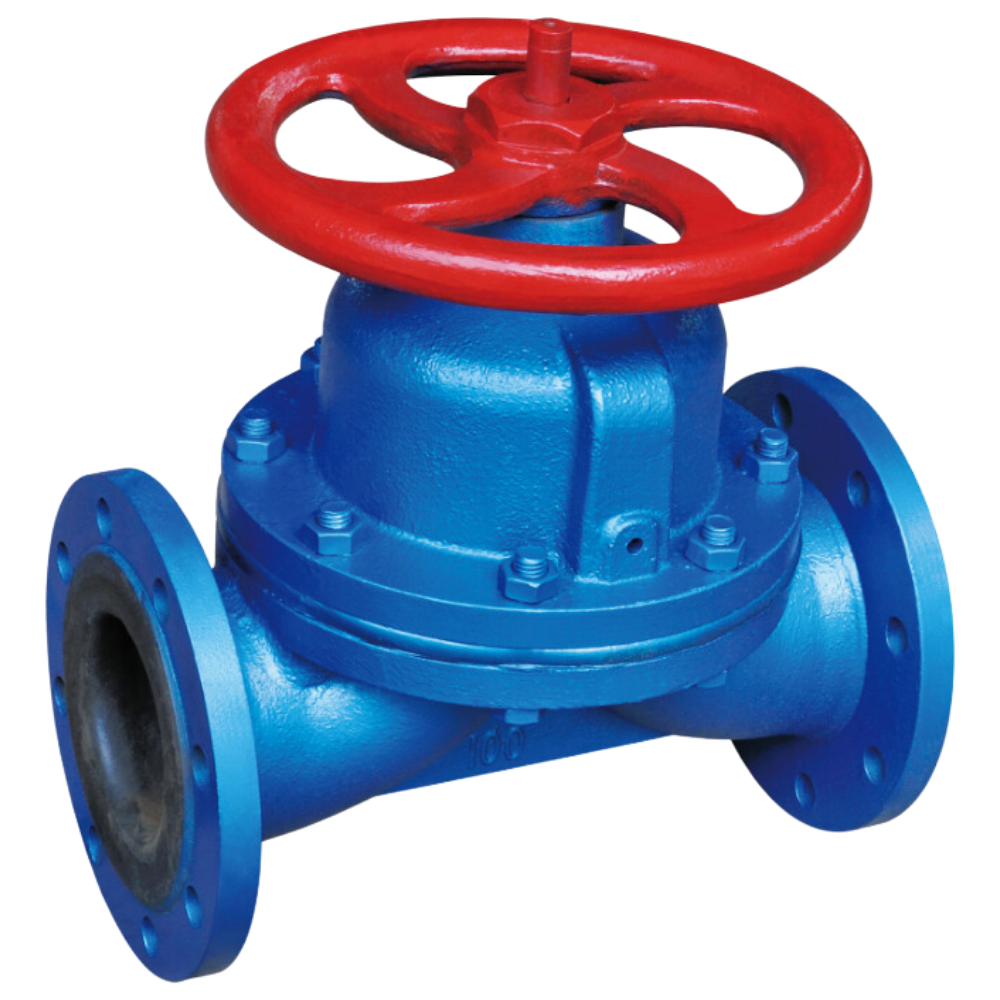
A weir-type diaphragm valve is a specific design of diaphragm valve that features a raised lip or saddle in the valve body. The diaphragm comes into contact with this weir to form a seal and control fluid flow. Main parts and materials Name/Material CI WCB CF8 CF3 CF8M CF3M Body CI WCB CF8 CF3 CF8M CF3M Diaphragm […]
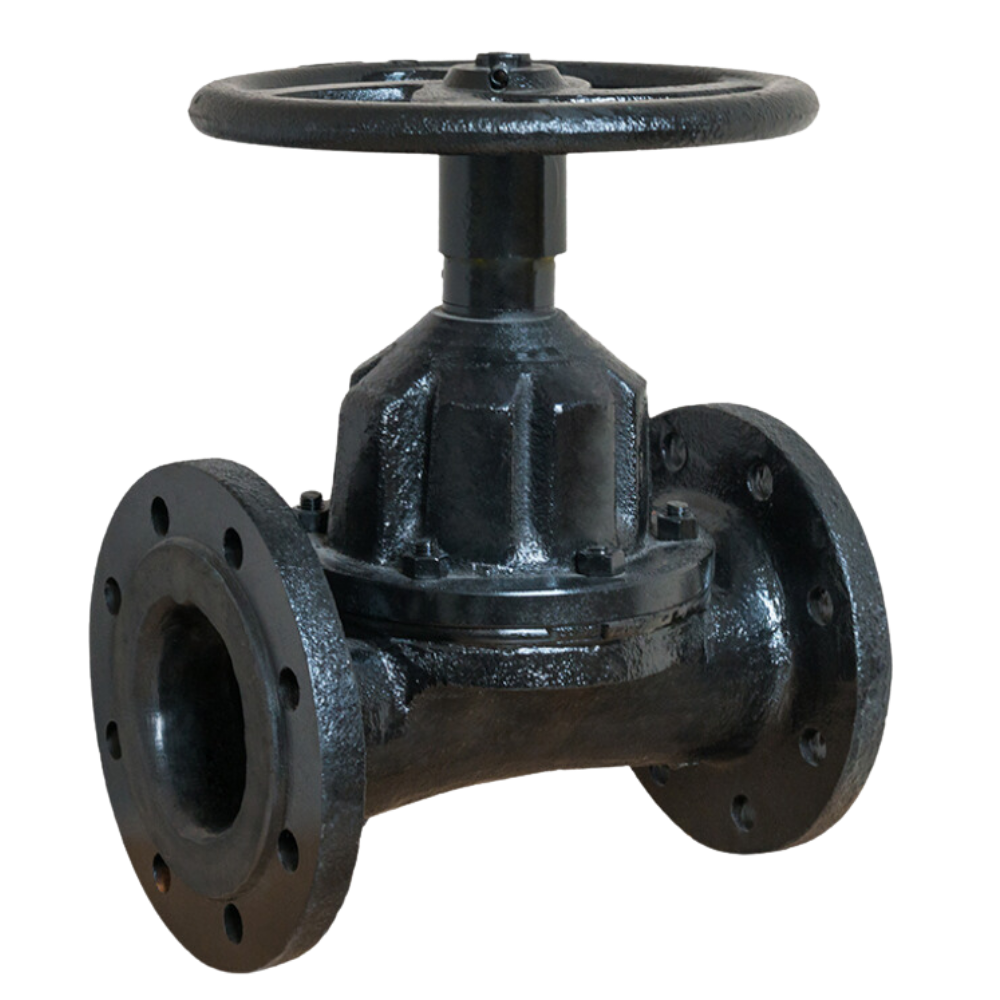
A straight-through diaphragm valve controls fluid flow in a pipeline using a diaphragm that moves vertically to open or close the flow path. The straight-through design allows fluid to pass directly through the valve, reducing pressure drop and maintaining efficient flow. It is commonly used in applications where reliable sealing and minimal obstruction are needed, […]
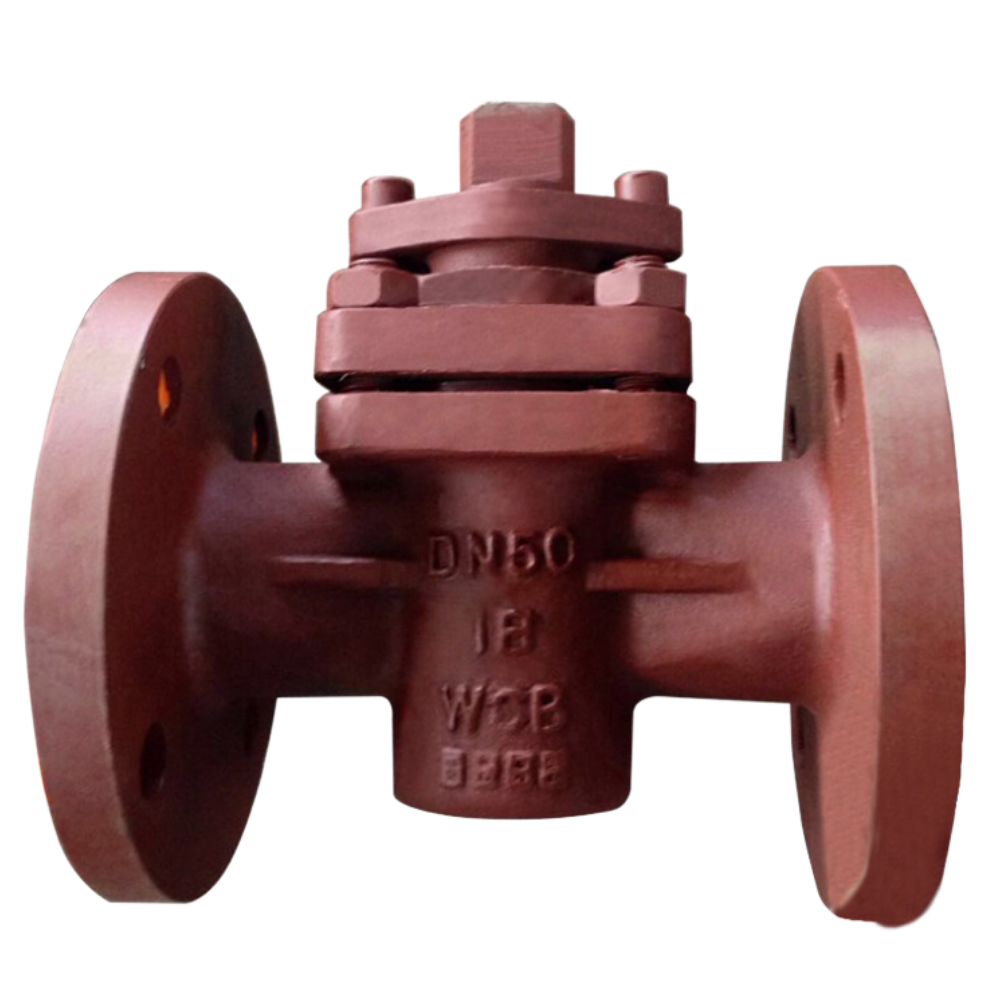
A plug valve controls fluid flow in a pipeline using a cylindrical or tapered plug with a central hole. The plug rotates within the valve body to open or close the flow path. When the plug aligns with the pipeline, fluid passes through. When turned so the hole is perpendicular to the flow, it blocks […]
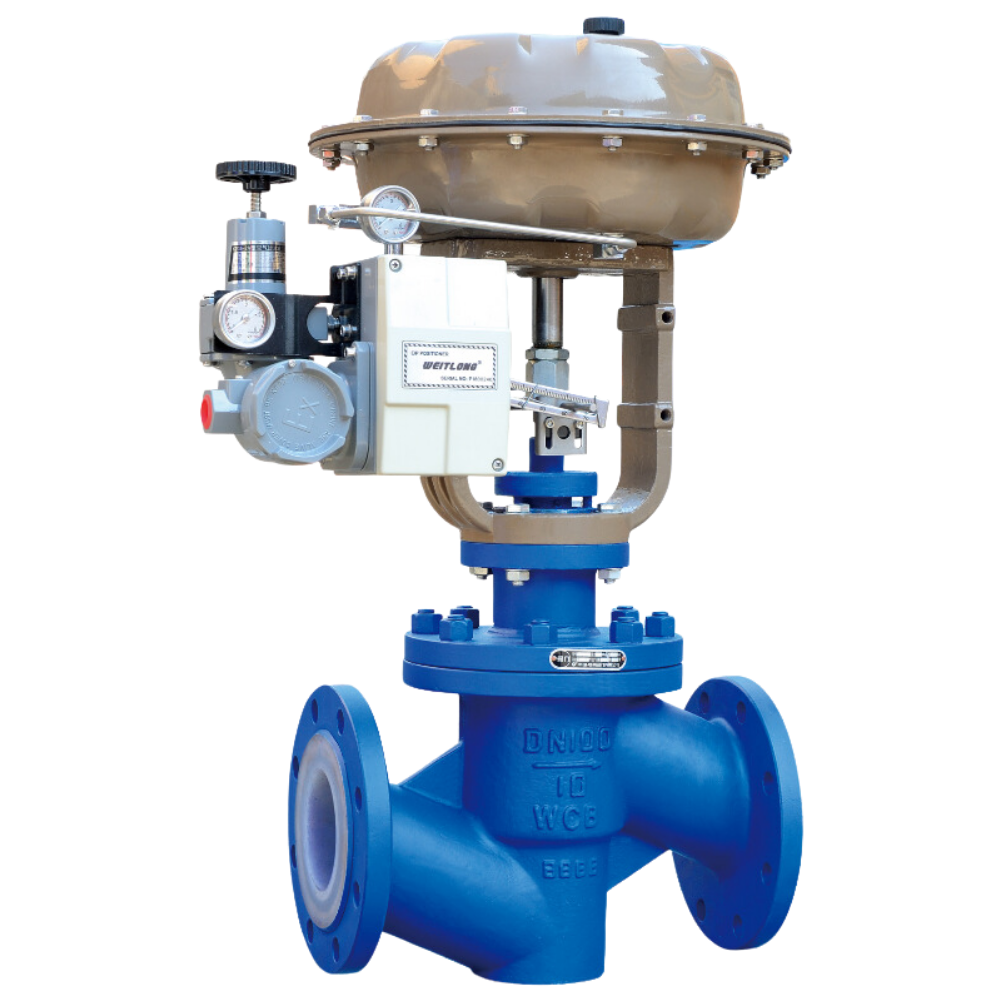
A fluorine lined control valve regulates the flow of fluids in a pipeline, adjusting flow rate, pressure, and temperature. It works by changing the size of the flow passage using elements like plugs, balls, or diaphragms. Control valves are crucial in industrial processes for maintaining operating conditions and ensuring system efficiency. They can be operated […]